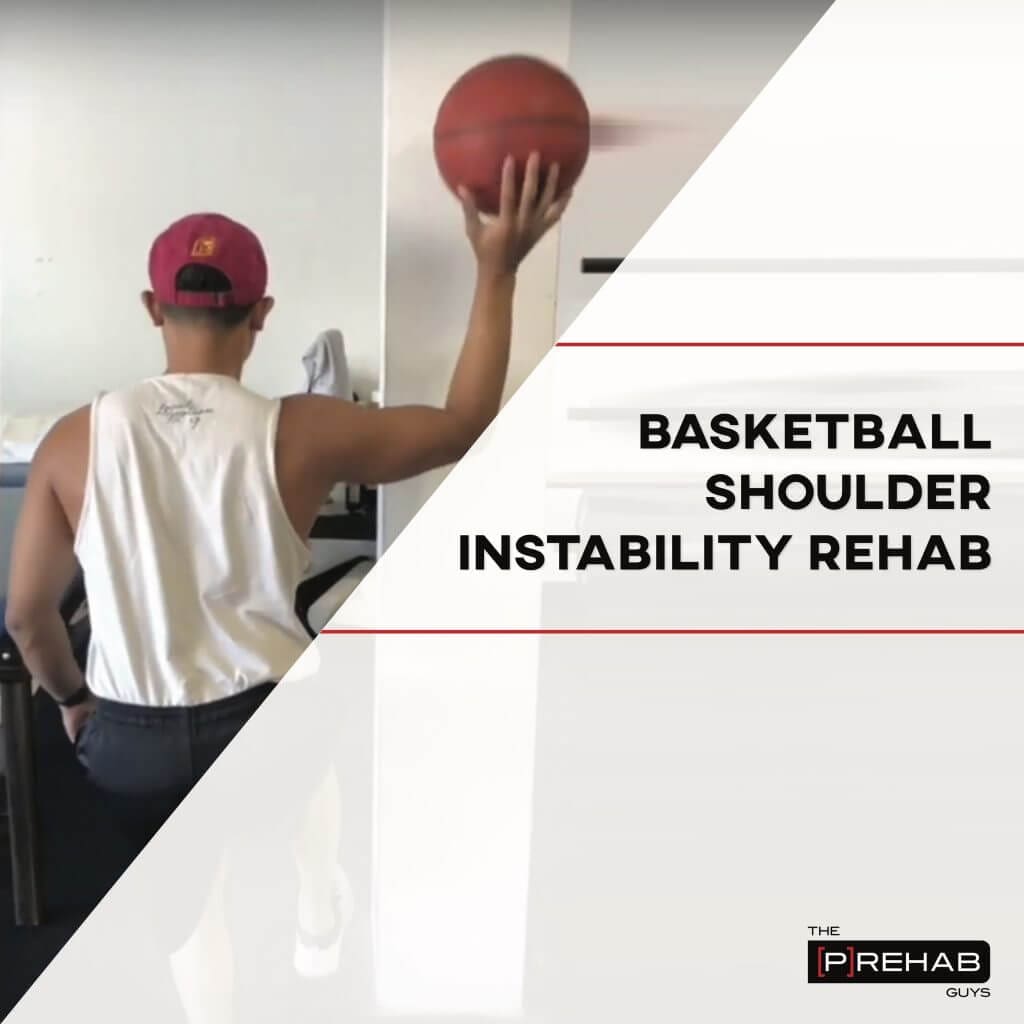
This article is all about basketball shoulder instability rehab! Shoulder injuries are not uncommon in basketball. Shoulder instability can be the result of a shoulder dislocation, labrum injury, or secondary to musculoskeletal or neurological impairments. In this article, you will learn more about shoulder instability in general and how to address it with early, middle, and late rehab progressions. More importantly, you will learn how to prescribe basketball shoulder instability rehab that is specific to the basketball athlete.
Shoulder Instability – What is it?
Shoulder instability is a symptomatic abnormal movement of the glenohumeral joint. It is typically a disruption of 1 or more of the following factors:
- Capsulolabral complex and its proprioceptive mechanism
- Rotator Cuff
- The surface area of contact between the glenoid and humeral head (golf ball and the tee analogy)
- Central/Peripheral Nervous System
Learn About Shoulder Instability
Interested in reading more? Check out this article!
READ: SHOULDER INSTABILITY CAUSES, REHAB, AND TREATMENT
Three Main Types of Shoulder Instability
- Traumatic Instability
- Atraumatic Instability
- Neurological Dysfunction or Muscle Patterning
I. Traumatic Instability Characteristics:
Common causes: Traumatic blow to the shoulder, falling onto shoulder or trying to break a fall using your arm. Other factors include…
- Weakness of rotator cuff (subscapularis the most)
- Global posture, SLB, and scapula control are undisturbed
- Typically results in surgery if anatomical structures are damaged and causing significant instability with recurrent dislocations (I.e. SLAP tear)
II. Atraumatic Instability Characteristics:
Common causes: Anterior capsular laxity, scapular dyskinesis, tight posterior capsule (click here to learn posterior shoulder mobility drills), muscular imbalance, and congenital labral pathology. Can also be referred to as shoulder ‘micro-instability’ as the shoulder is not fully dislocating or subluxing. Other factors include…
- Internal impingement symptoms
- Scapular winging
- Poor global posture
III. Neurological Dysfunction or Muscle Patterning Characteristics
Common causes: Usually a result of a neurologic condition/pathology. Other factors include…
- Aberrant activation of large muscles and simultaneous suppression of the rotator cuff
- Laxity of GHJ in all directions and generalized hypermobility
Do You Need To Work On Improving Your Shoulder Stability?
Shoulders popping out of place? Do they feel weak to you? It is time to strengthen up those shoulders and optimize their function with [P]Rehab! This program will expose you to various scapula and shoulder strengthening and stabilization exercises supported by science. Learn more HERE.
Who is Markelle Fultz and What is Scapular Dyskinesis?
Here is a great article diving into the story behind Markelle Fultz’s injury and diagnosis of scapular dyskinesis. The #1 overall draft pick basically missed the entire season last year due to a shoulder injury. However, there is no game footage of him directly hurting/impacting his shoulder, which made his injury difficult to understand in the basketball sports world. Long story short – if you refer to our numbers above Markelle had type 2 shoulder instability due to scapular dyskinesis (which may also be referred to as SICK scapula syndrome); which is the abnormal movement of the scapula due to either muscle imbalances, positioning, and timing that can cause pain, dysfunction, and functional limitations.
LISTEN: SHOULDER INSTABILITY WITH DR. MAKHNI
Closed- vs. Open-Chained Shoulder Exercises
With basketball shoulder instability rehab, CKC and OKC exercises are going to both play a role – it’s a matter of when to incorporate them. OKC is important as basketball involves a significant amount of OKC movements at the shoulder. However, research suggests that CKC exercises help to improve dynamic GHJ stability through stimulation of intra-/peri-articular proprioceptors and enhance co-contraction of rotator cuff musculature.
The goal is to achieve a conscious, proper scapula position as soon as possible because there is higher EMG activation of the Low/Mid trap during dynamic shoulder exercises when the conscious scapular position was performed prior to the exercise. CKC exercises can help with this due to external feedback from the set-up of the exercise and environment. OKC exercises are recommended after establishing good conscious scapula control and positioning to avoid increased shear forces on the glenohumeral joint for basketball shoulder instability rehab. Click here to learn more about muscle imbalance exercises.
Learn About Shoulder Blade Position and Exercise!
Early Phase Rehab Principles
Early basketball shoulder instability rehab is going to be very similar to your traditional early shoulder stabilization rehab protocols. The focus is on CKC exercises.
- Wall slides – Place a theraband around the wrist and spread the wrist apart while keeping the elbows tucked in to increase the theraband tension. Move your arms up and down while keeping tension throughout the maneuver. Complete 2 sets of 12 reps.
- Push-up plus on elbows – Complete maneuver in plank position or modified (on knees). The goal of this exercise is to allow the scapula/shoulder blade to move as much forward/protract to round your shoulders and backward/retract squeezing the shoulder blades together. Complete 2 sets of 12 reps.
- Supine serratus punches – Grab dumbbells that are a comfortable weight. Lay on your back and straighten your arms and elbow. Initiate the movement by protracting the scapula as if to lift your shoulder blade off the ground. Hold at the top for 5 seconds. Repeat for 2 sets of 12 reps.
- Scapular depressions on yoga block – Place your hands on yoga blocks as if you were going to do a triceps dip exercise. Lock out your elbows. Press shoulder blades down and back to lift your bottom slightly off the table. Hold for 10 seconds for 10 sets
Key Points: Verbal cue of pulling shoulder blades down and back into your back pockets, avoid shrugging shoulders, keep tension in the muscles around your shoulder blade/scapula
Middle Phase Rehab Principles
- Middle basketball shoulder instability rehab is focused on progressive CKC exercises while incorporating the kinetic chain. In this middle stage, we are also going to add OKC exercises. At the end of this section are recommended OKC exercises based on EMG studies, begin with these exercises after establishing good conscious scapula control and positioning to avoid increased shear forces on the glenohumeral joint.
- Plank on hands with leg lifts – EMG studies suggest that ipsilateral leg lifts increase serratus anterior activation and contralateral leg lifts increase lower trapezius activation. Complete 6 leg lifts of each leg with holds at the top for 5 seconds.
- Bear Crawl Holds – Move hands underneath your shoulders and knees underneath your hips then press through your toes and hands to lift knees off the ground. Engage your core to maintain a neutral spine and “push away the ground” to maintain shoulder musculature engagement.
- Stability Ball Wall Perturbations – With a partner, press your hand into the SB while keeping your arm straight. Have your partner gently then progressively try to move the SB in all directions. The goal is to limit the amount of SB, arm, and trunk movement by engaging all muscles. Complete 3 sets of 30 seconds.
The Prehab membership is the anti-barrier solution to keeping your body healthy. Access state-of-the-art physical therapy, fitness programs, and workouts online in the comforts of your own home or gym! Taking control of your health with exercise & education from the palm of your hand has never been easier. Get access to 50+ programs, 100+ unique workouts, and 3000+ exercises to build your own workout routines. Trial it for free, and learn how to get out of pain, avoid injury, and optimize your health with [P]rehab!
Introducing Open-Chained Exercises
Basketball shoulder instability rehab has to include OKC exercises, think of shooting! The middle stage is typically a good point to add OKC exercises as long as the individual does not experience any pain/discomfort, or demonstrates significant compensation.
- Open Chain Stability Ball Y’s, W’s, & T’s: Establish a neutral spine. Draw shoulder blades down and back. Create the letters Y, W, and T with your arms to engage different scapular muscles.
- Y’s = primarily lower trapezius muscle
- W’s = primarily middle trapezius & shoulder external rotators
- T’s = primarily middle trapezius
- You’ll get added core activation by completing these exercises on a stability ball secondary to the global instability that occurs with this set-up. Complete 6 reps for 10-second holds for each letter. Some other suggested OKC exercises include the low row, prone T’s and W’s, and swimmers for basketball shoulder instability rehab
Key Points: Verbal cue of pulling shoulder blades down and back, avoid shrugging shoulders, keep tension in the muscles around your shoulder blade/scapula, maintain neutral spine
Late Phase Rehab Principles
Late basketball shoulder instability rehab is about putting it all together. Progressive shoulder strengthening and stabilization exercises while incorporating all body positions and all planes of movement!
- Liberty Walks with Suitcase Carry – Engage shoulder blade musculature to maintain proper scapula position in the liberty position (arm above head) and suitcase carry position (arm at your side). Walk 20 yards for 2 sets, and switch arm positions.
- Forward/Backward Bear Crawls – Start in the bear crawl hold position discussed in middle rehab. While maintaining proper posture, slowly move forward by alternating opposite arm and leg for 5 yards, then backward for 5 yards. Repeat 3x.
- Lateral Bear Crawls – Start in the bear crawl hold discussed in middle rehab. Maintain position while moving laterally. Repeat 3x for 5 yards each direction.
- Contralateral side plank with Kettlebell holds – Bridge up into a side plank position and press arm out. Engage shoulder blade and core musculature to maintain proper posture. Hold for 3 sets of 30-60 seconds.
Basketball Specific Training
End-stage basketball shoulder instability rehab focuses on continued strength and endurance and must be about retraining patterns of movement biased towards functional tasks and sport-specific movements. Although there is no specific return to sport measurements or test for basketball, it is recommended that these 5 components are addressed prior to returning to sport: Flexibility, Strength, Balance, Proprioception, and Confidence.
These suggested factors should also be accounted for – little to no pain, satisfaction with treatment, eagerness to play, normal ROM and strength, normal functional ability and sport-specific skills, and a normal ratio of 100% between scapula protractors and retractors. Below you will find basketball-specific training that SHOULD be included in your return to sport phase of basketball shoulder instability rehab.
Wall Ball Dribble Series
- Wall ball dribble with single leg squat – Perform wall dribbles while completing a single leg squat to challenge balance, coordination, strength, and endurance. Complete 3 sets of 6-10 squats on each side.
- Wall ball dribble up and down on single leg – balance on one leg and perform dribbles at various heights to challenge shoulder and core musculature, as well as, your balance and coordination. Be sure to practice on both sides. Complete 3 sets of 30-60 seconds.
- Static wall ball dribble – Maintain ball dribble at eye level or higher. Vary dribble speeds as you get stronger and better. Complete 3 sets of 30-60 seconds
Overhead Perturbations Series
- Overhead squat on BOSU ball with medicine ball toss – Perform an overhead squat with a medicine ball over your head. Be sure to engage your scapula muscles throughout the entire movement. At the full extension, toss the ball in the air and absorb the catch with your muscles. Complete 3 sets of 6-8 repetitions.
- Single leg balance on BOSU with single-arm overhead perturbations – With a teammate, coach, or partner get into a lay-up position on a BOSU ball. Engage scapula and shoulder muscles in overhead position and have your partner try to move your arm. Goal to minimize as much movement with your partner’s control perturbations. Complete 2 sets of 45-60 seconds.
- Double leg balance on BOSU with bilateral arm overhead perturbations – Similar to the exercise described above, except you will have both arm holding the ball like you would be going for a power rebound. Engage scapula and shoulder muscles. Complete 2 sets of 45-60 seconds.
Dribble Series
- Single leg medicine ball dribbles on BOSU ball – Balance on one leg on the BOSU ball, and with a medicine ball perform arm dribbles. Goal of this exercise is to challenge the entire kinetic chain while building shoulder strength by controlling the deceleration/catch of the medicine ball while maintaining good scapula control and balance. Complete 3 sets of 30 seconds.
- Double leg BOSU ball power dribbles – Similar to the exercise described above, except you will be performing power dribbles on two legs. Complete 3 sets of 30 seconds.
Key Points: maintain tension in the muscles around your scapula/shoulder blade, avoid shrugging your shoulders
Take Ownership of Your Shoulder Health!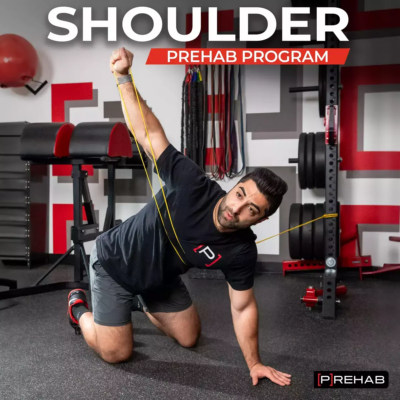
To win an NBA championship in this current era it seems at least 3 superstars are needed on the team. Behind these 3 superstars includes the entire support staff that takes care of the day-to-day operations allowing the stars to perform. Sounds like they are using the model of the shoulder! You will learn how to create balance among the support staff which will allow the 3 joints of the shoulder to perform to their superstar abilities!
References
- Cools, Ann; Struyf, Filip et al. Rehabilitation of scapular dyskinesis: from the office worker to the elite overhead athlete. 2013.
- Jaggi, A; Lambert, S. Rehabilitation for shoulder instability. 2010.
- Struf et al. Scapular positioning and movement in unimpaired shoulders, shoulder impingement syndrome, and glenohumeral instability. 2011
Authors: The Basketball Doctors
Our names are Gabe Ignacio and Marco Lopez, and we are a team of physical therapists who aim to provide evidence-based rehabilitation to optimize movement for basketball players of all skill levels. We will empower the community by presenting fundamental knowledge relevant to injury prevention and performance enhancement, as well as, training for athletes with the goal of enjoying basketball for life.
Gabriel Ignacio PT, DPT, TPI1 and Marco Lopez PT, DPT, CSCS
Doctors of Physical Therapy | USC 2017
Certified Strength and Conditioning Specialist
thebasketballdoctors@gmail.com
Disclaimer – The content here is designed for information & education purposes only and is not intended for medical advice.
About the author : [P]rehab
5 Comments
Leave A Comment
You must be logged in to post a comment.




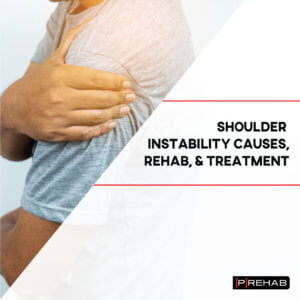
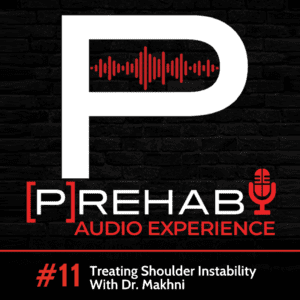
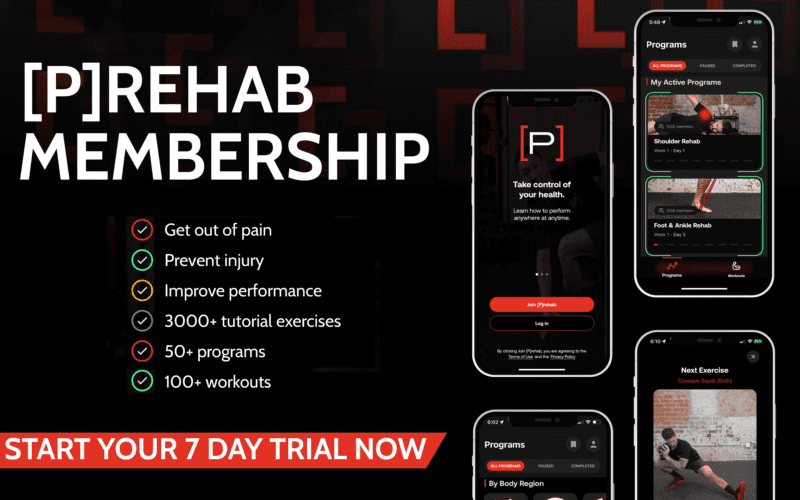
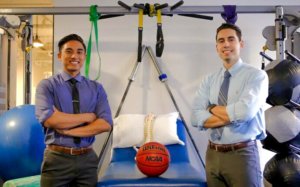
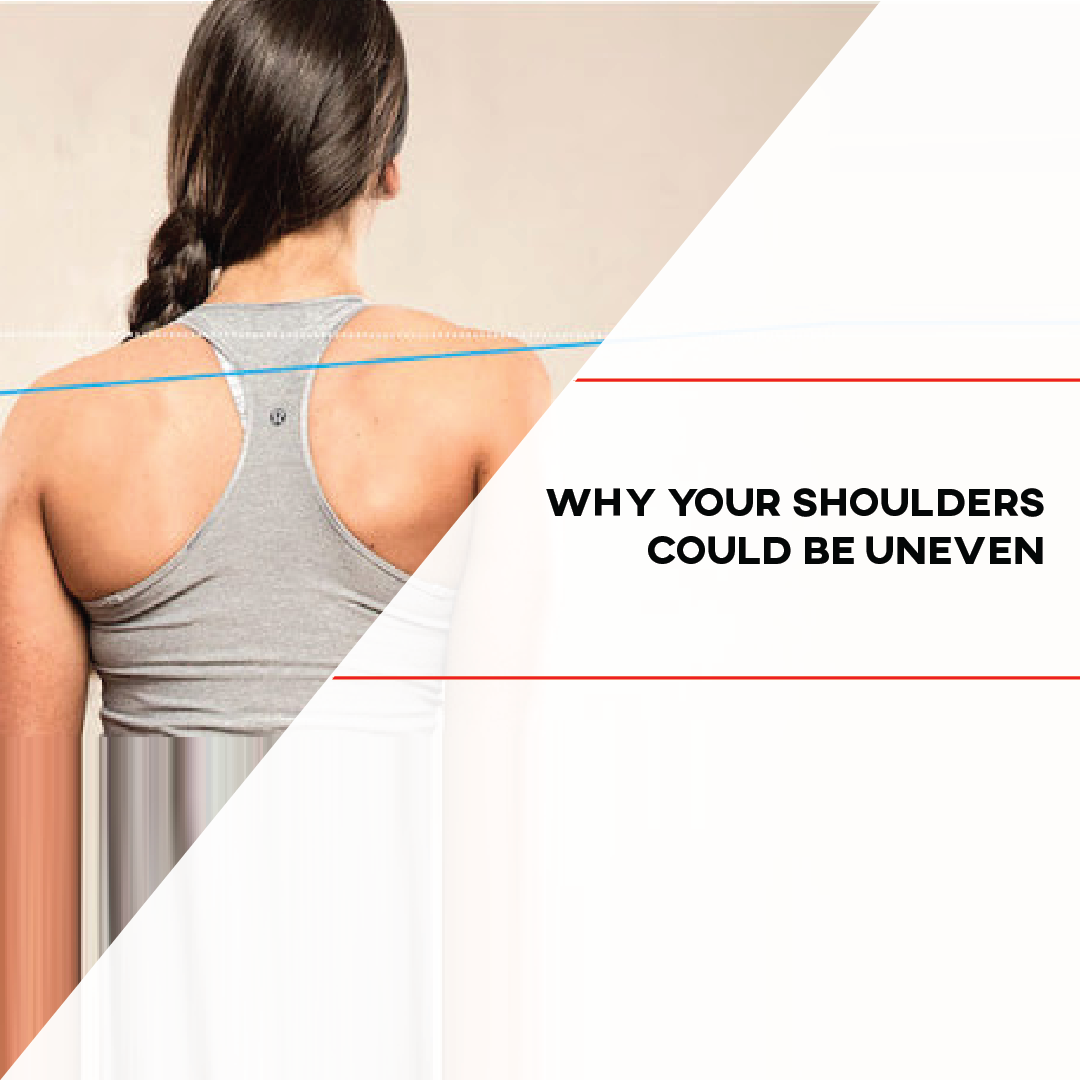
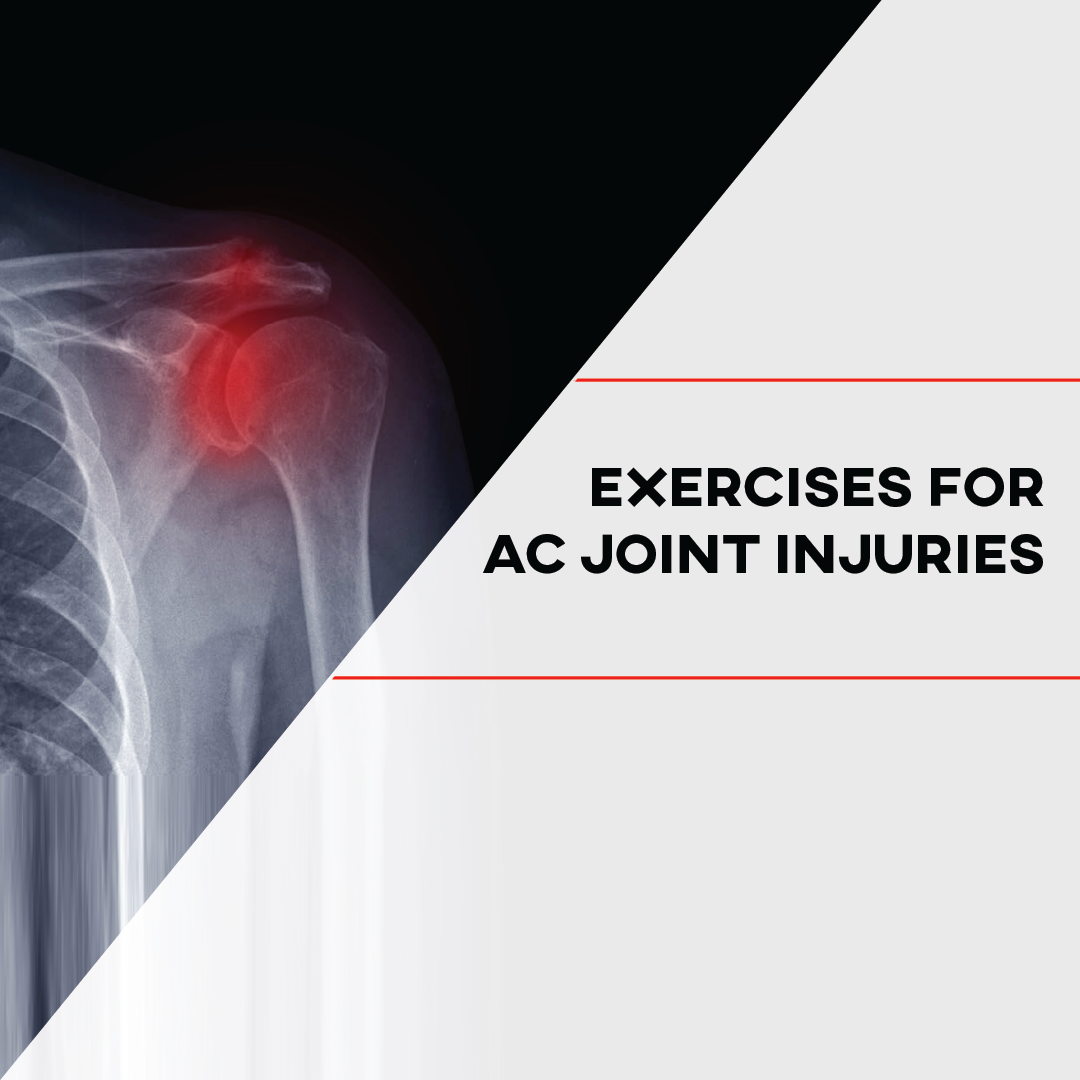
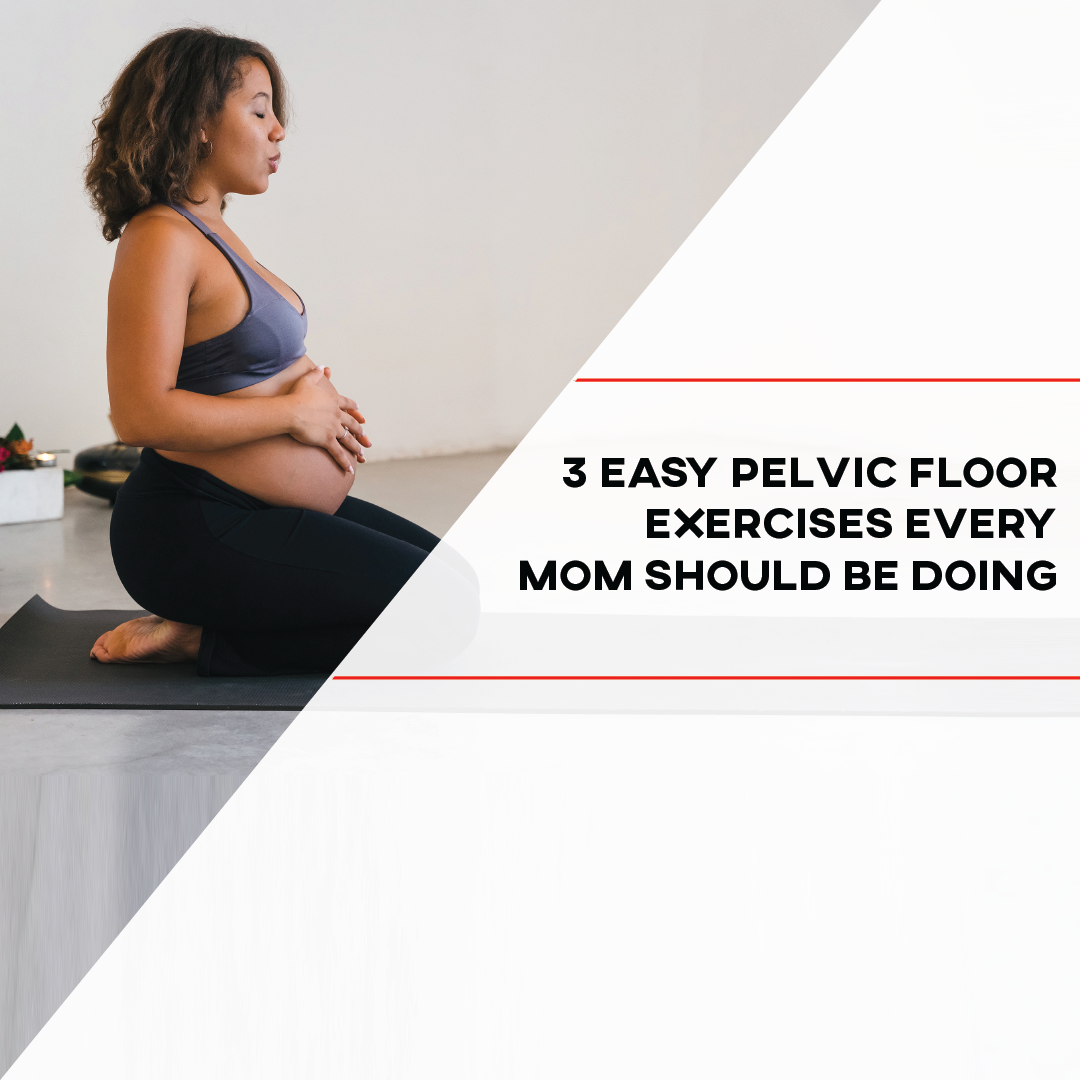

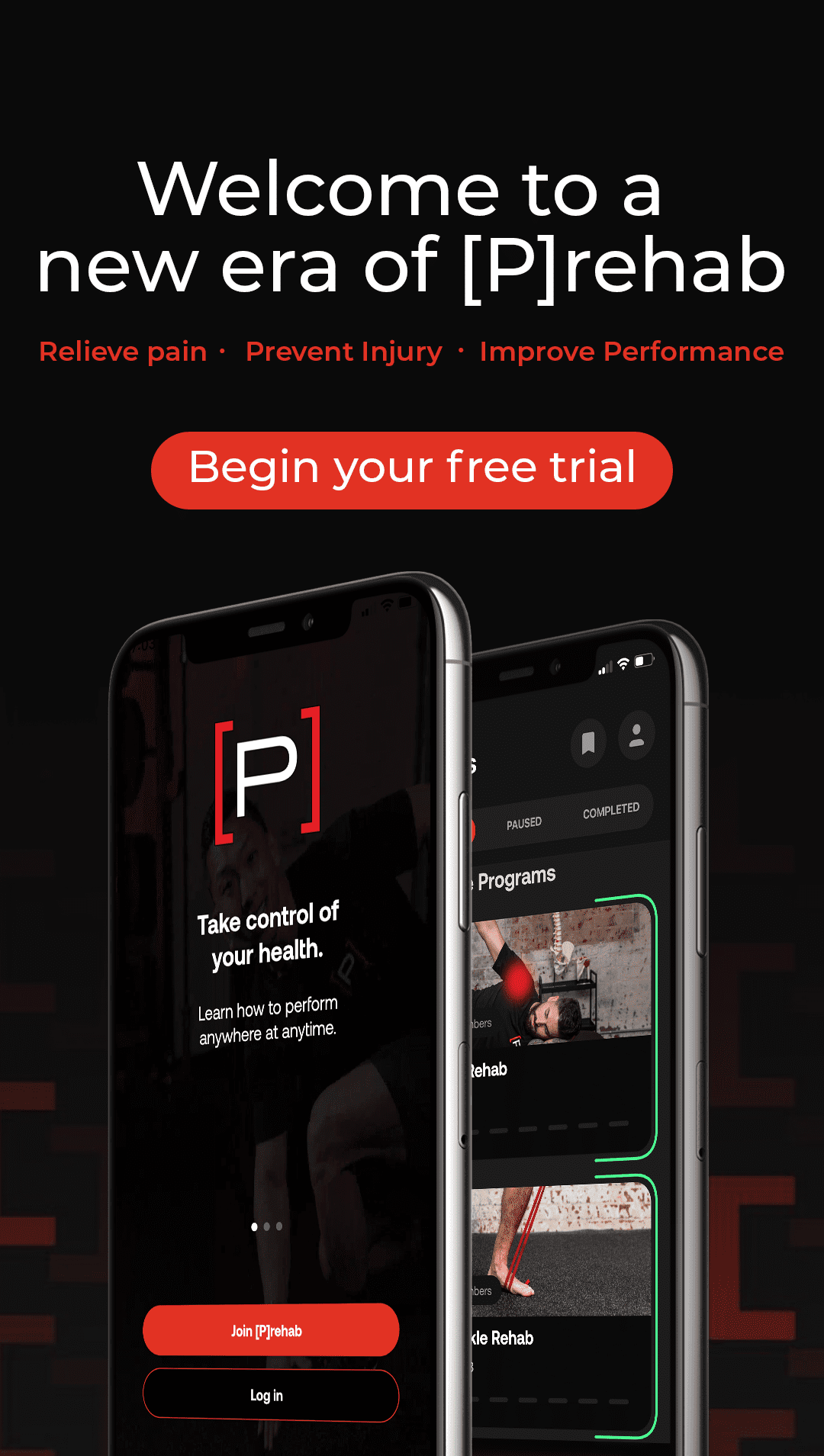



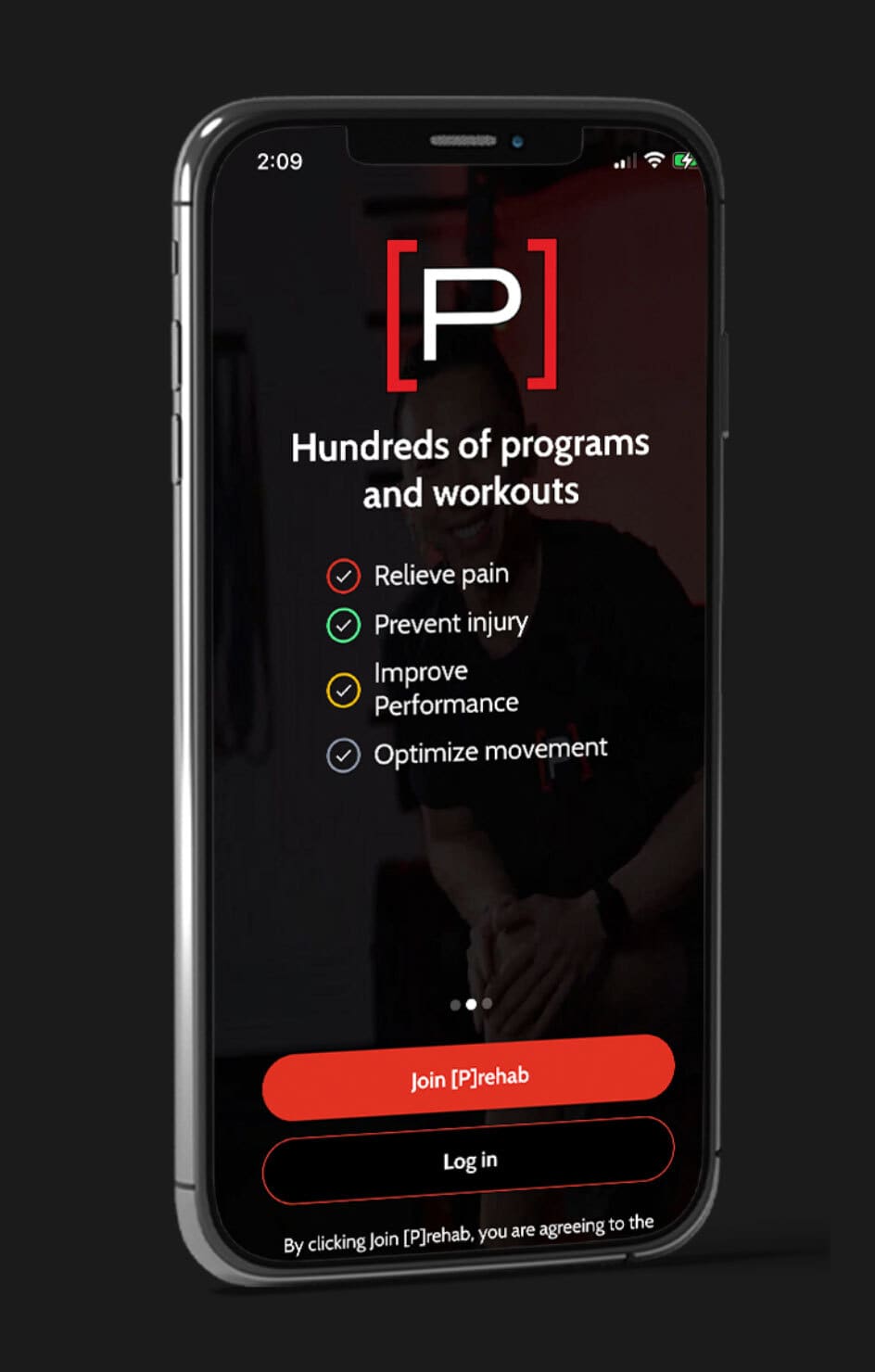

What is Shoulder Instability? This Question Confused me from so many days. But Today I luckily Found this article and Got My All Answers Thsnks for this useful Stuff.
Which exercises here work the subscapularis muscle best? Thanks
All the internal rotation ones!!
Do these exercises help a rear shoulder impingement? I have a sharp pain when tucking my elbow in and go up to shoot in the side top of my shoulder. Which exercises are best for that?
I would look into our Shoulder Program, which is excellent for addressing issues related to shoulder impingement. The link is located here below. Please reach out to us directly if you have any specific questions!
https://theprehabguys.com/shoulder-prehab-program/